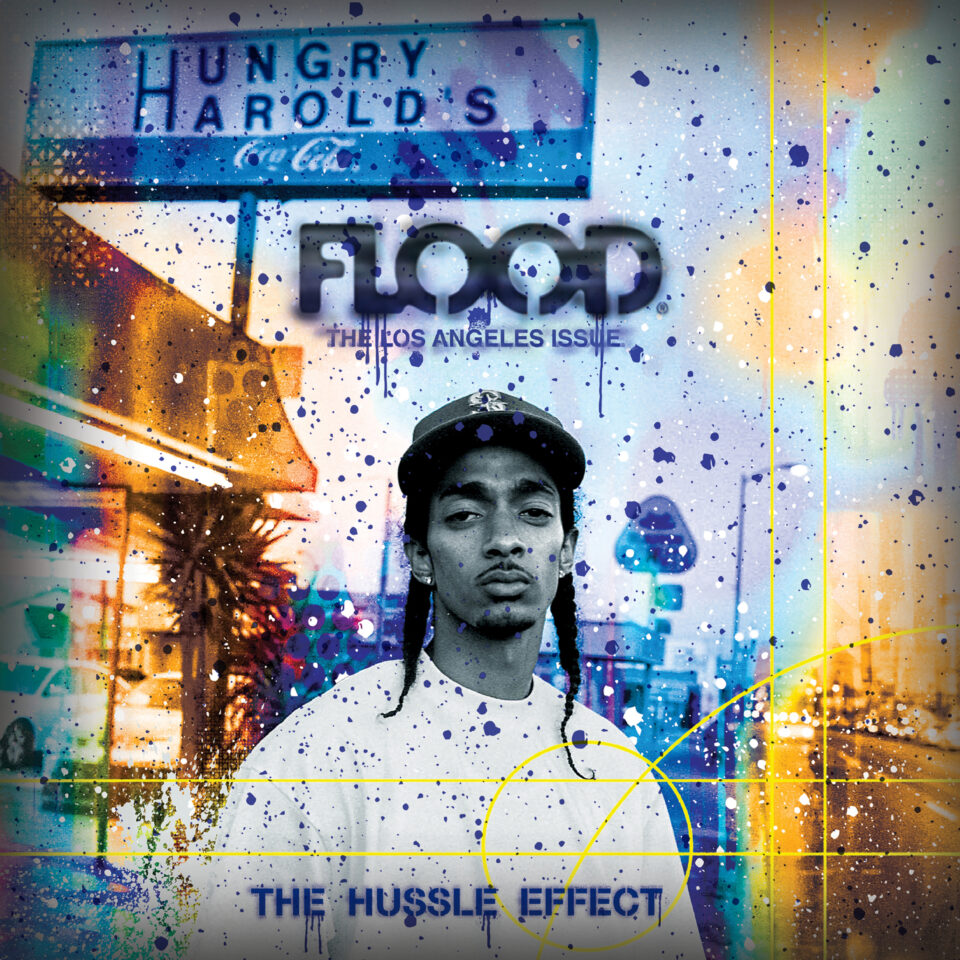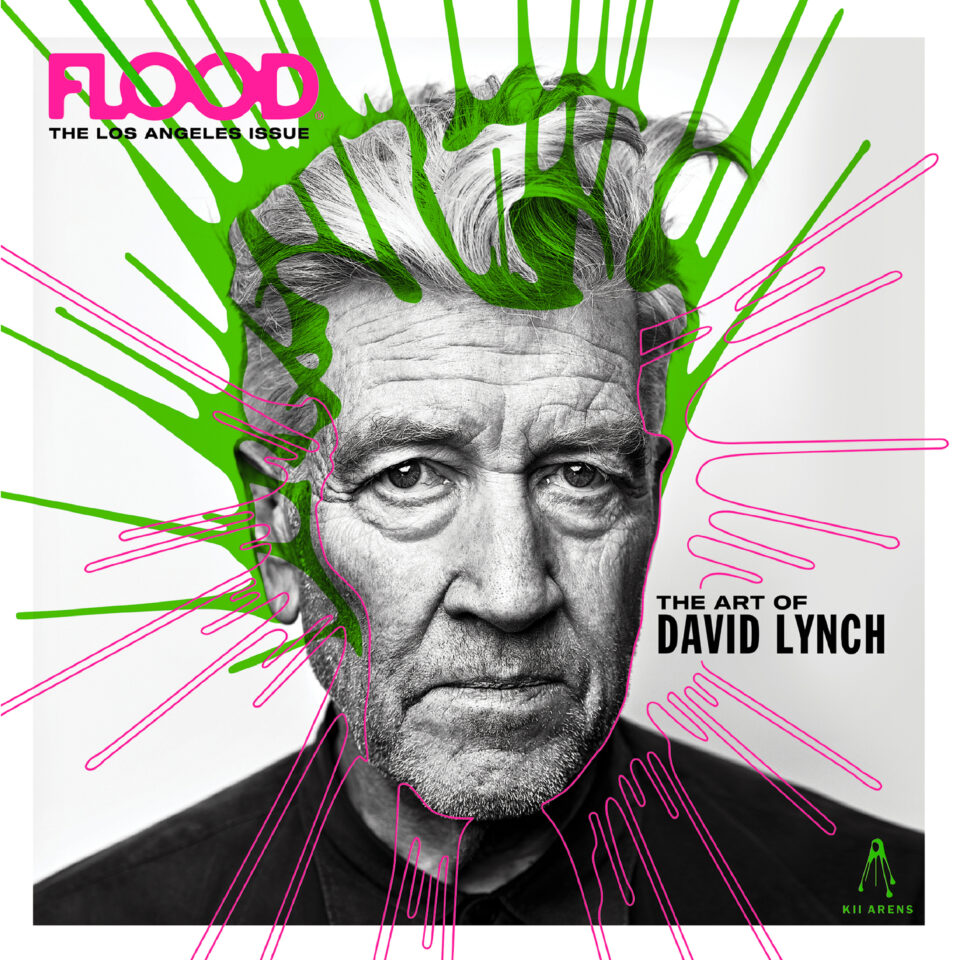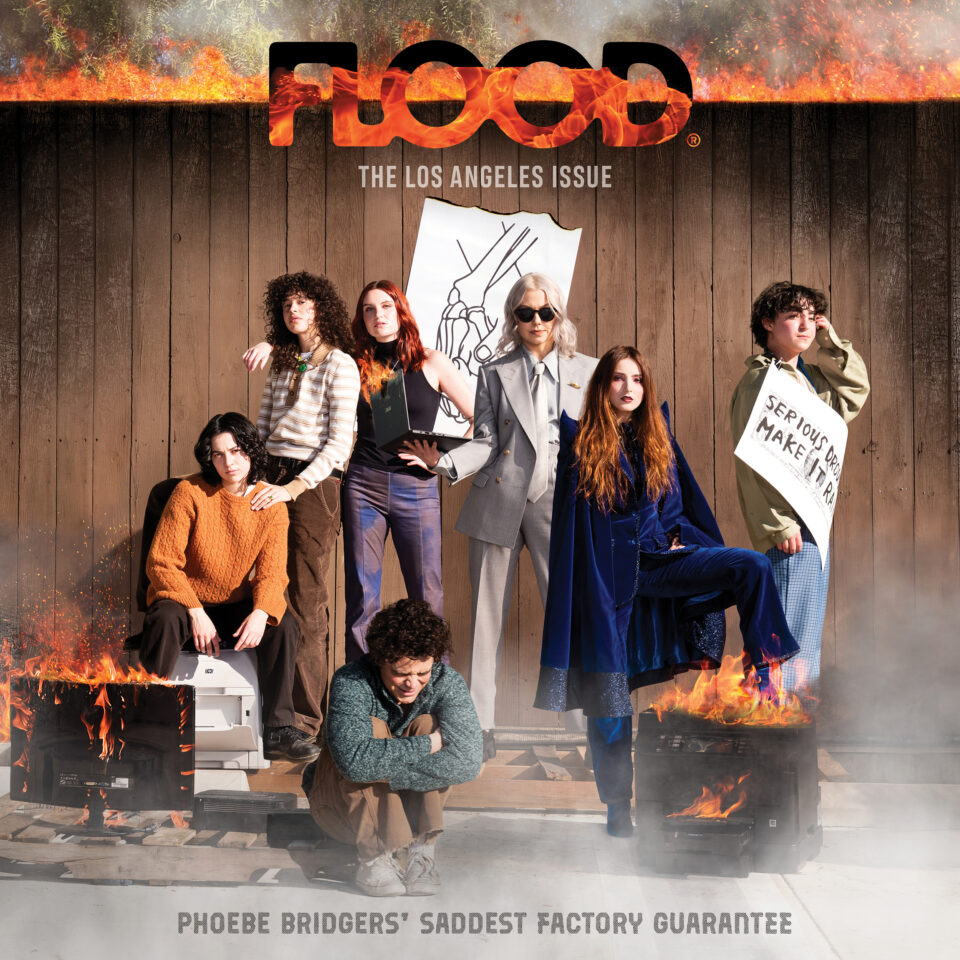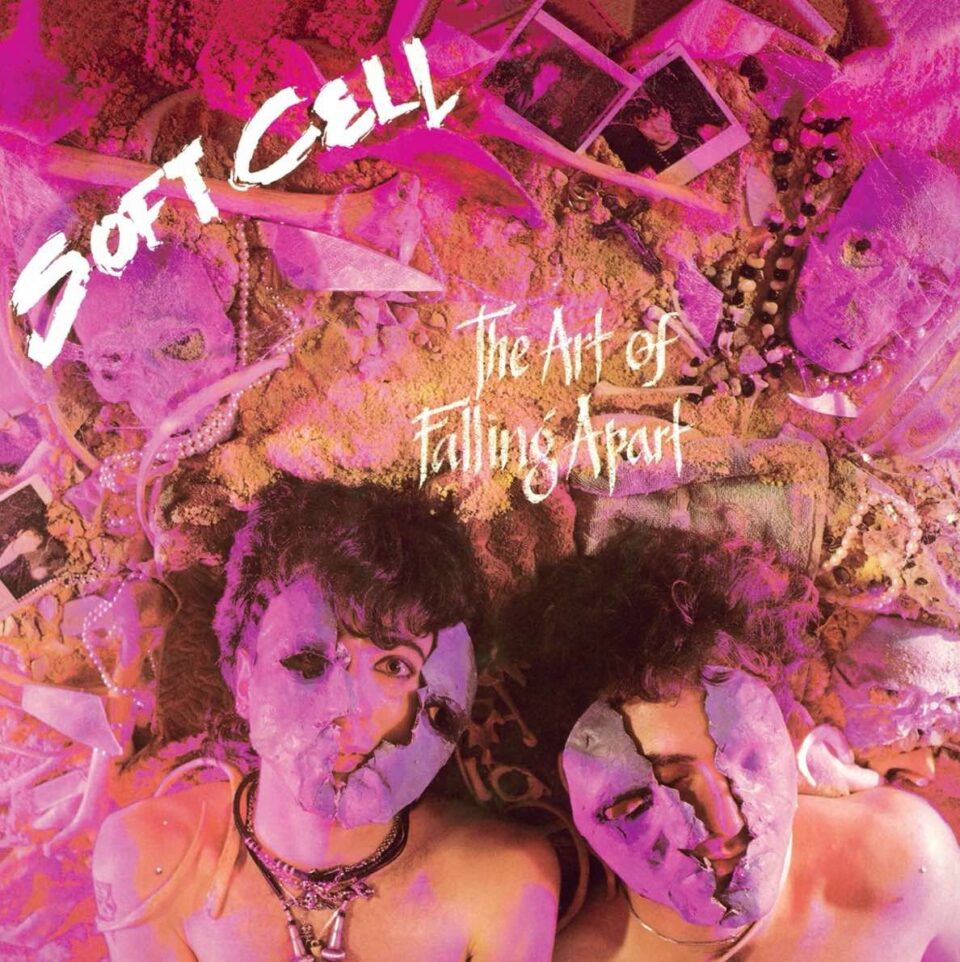It’s evident from the opening instrumental passage of múm’s first album in 12 years that History of Silence is a project whose seams are not only visible, but sort of the whole point of the collection. Stitched together over the course of several years from recordings in Italy, Reykjavík, Berlin, Athens, Helsinki, New York, Prague, and Akureyri, with the additional assistance of a full symphony in the latter Icelandic city, History of Silence plays against its title with frequent swells of electronic and analog sound across its eight compositions.
The fractured nature of the record is nothing new for the Icelandic band, of course. For a quarter century now, they’ve been weaving together elements of indie-folk, electronica, and ambient dream pop on a grand scale typically reserved for post-rock. With their peers and fellow countrymen Sigur Rós as an obvious point of reference, the music they created during their initial decade or so of output feels equally primed for soundtrack placement within just about any dramatic film genre. As History of Silence reminds us, though, these songs already contain a world within them without complementing any screenplay.
With the record out today via Morr Music, the band recollects the backstory behind each of its eight tracks—from the “disco”-like opening build to the orchestral closer with its origins spanning some 20 years.
1. “Miss You Dance”
It starts off like disco through a thick fog and then builds up on a steady monotonic bass and these subtle shifts and overlaps of different elements, like the orchestral swells that are gone before they enter. Then suddenly the chorus parts come in, with Samuli [Kosminen]’s pulsing tuned percussion, chord changes, and harmonic vocals—it’s almost a different song passing through the other. We had the vocal melody in our heads from the beginning, but had to wait a long time for the lyrics. I had this idea to have all the lyrics in palindromes, but settled for the first line, “Devil I lived.”
2. “Kill the Light”
Probably the most múm-like song on the album, it does have a certain hint of Finally We Are No One to it. The title is about turning things off to see more. It’s probably a worn out cliché, but it is always surprising to see how vivid the night sky becomes in the dark, so I guess it’s worth repeating over and over. Silla [Sigurlaug Gísladóttir] made videos for each of the three singles, and they’re all beautiful and have similar visual language running through them, but I think this one might be my favorite of them. It adds something visual that feels aligned to the music, but it’s very different from the visuals I would’ve imagined for it.
3. “Mild at Heart”
It starts with my favorite lyric of the album: “Bottom of the pool where the bad boys sleep / You can hear them breathe when you get too deep.” This line was originally in the middle of the song, but we moved it up front. The song is an ode to kindness and empathy. This song slipped easily into our live set. We started playing it on tour as soon as we left the studio in Italy.
4. “Avignon”
This was originally a much faster song—maybe something like a ’70s pop song—but we really flipped it around as soon as we came into the studio. It really came to life after being slowed down, which is kind of funny seeing that the lyrics are about driving fast through narrow streets. The chord progression in this song is quite special, I feel—the way it rolls down the hill and just nudging all of these chords along the way. I also love the strings played by Sinfonia Nord in Akureyri. They only come in at a couple of moments in the song, but because of that they get to move in a bolder way.
5. “Only Songbirds Have a Sweet Tooth”
We built this song out of a short, mangled guitar part and then just piled things on it. It’s the gnarliest-sounding song on the album, with its cassette beat, effected vocals, and distorted bass line. The title is based on something that Gunni [Gunnar Örn Tynes] heard on the radio. I’m not sure how much truth there is in the statement, but I choose to believe it anyway…it feels true enough.
6. “Our Love Is Distorting”
A song that’s so close to falling apart in the first half that it sometimes felt like we needed to do something drastic to hold it together. But we didn’t, and in the end, that was the right choice. It’s Gunni’s wandering piano that makes the first half of the song so enigmatic and curious. The second half kicks in with a transposition of the same chords, but much heavier. The lyrics are just this single phrase repeated and gradually distorting until it either takes on meaning or loses it. So, like the song itself, it starts like it’s holding its breath and ends like it can’t stop exhaling.
7. “A Dry Heart Needs No Winding”
The first part of the title is borrowed from a Natalia Ginzburg book, but I don’t think there’s any literal connection there. It’s the only instrumental track on the album. We thought about adding vocals, but in the end I’m glad we didn’t. At the heart of the song is Róberta’s guitar. There’s something dry and cracked about this song, in a good way. It needs no winding.
8. “I Like to Shake”
Originally recorded on cassette 20 years ago in Prague and just resurfaced by chance. It’s a good lesson to never throw anything away—it validates our hoarding tendencies. Things can get lost, but sometimes they find themselves back. Adding string orchestration to a mangled cassette recording has a hint of alchemy to it, and then adding Gyða [Valtýsdóttir]’s vocals very last-minute really took that transformation to new heights. She literally added her vocals on the last evening of the mixing and it was a fitting finishing touch for the whole album.









